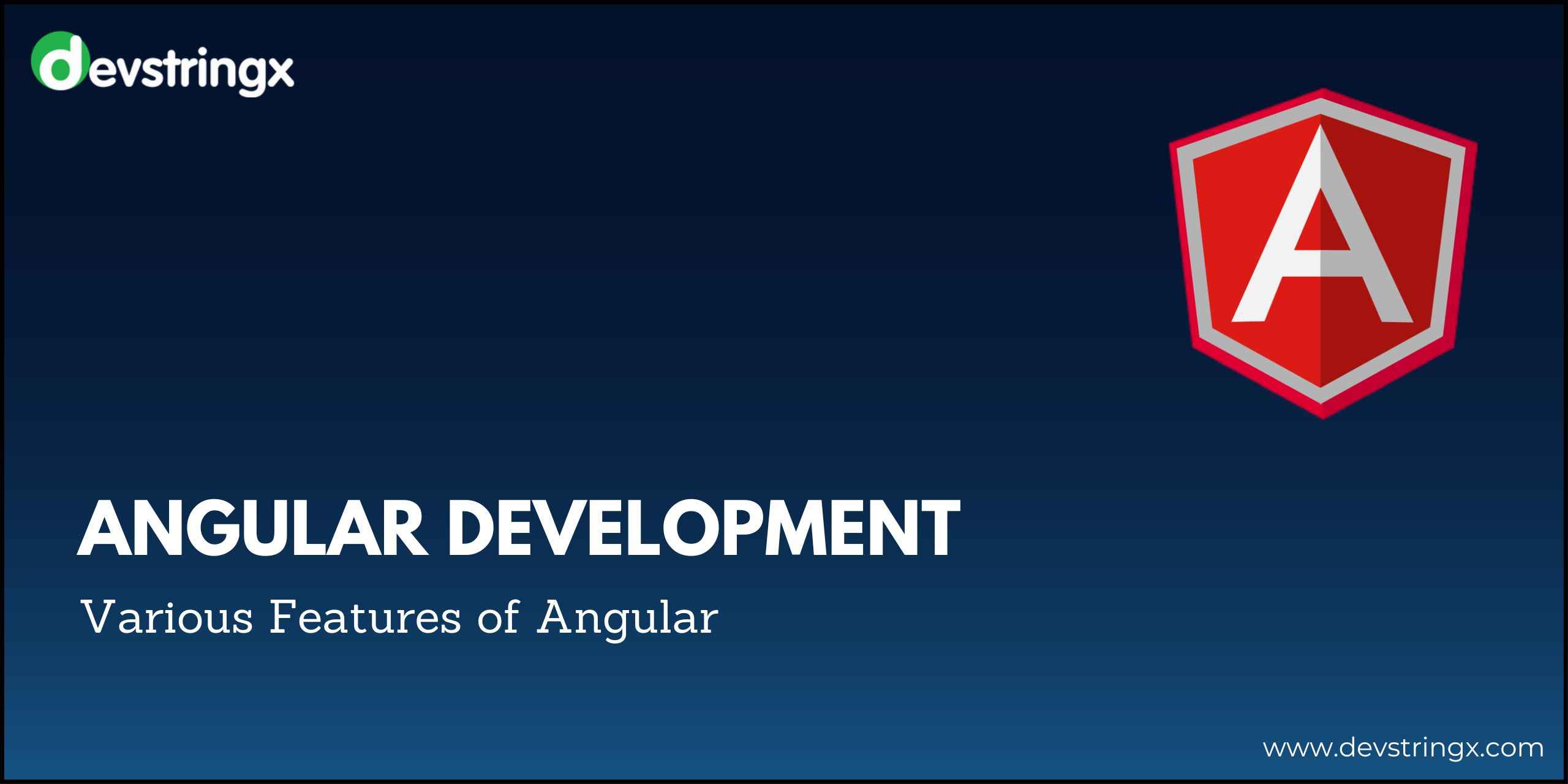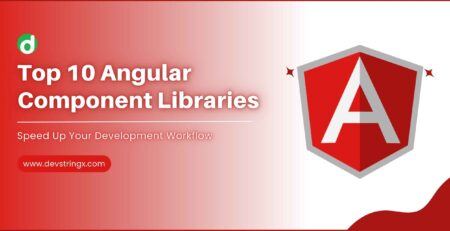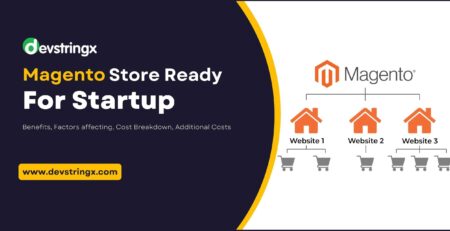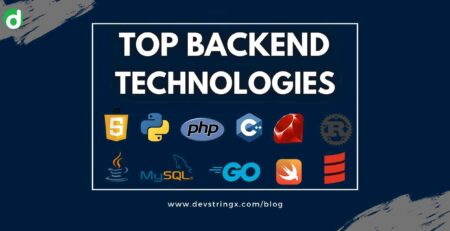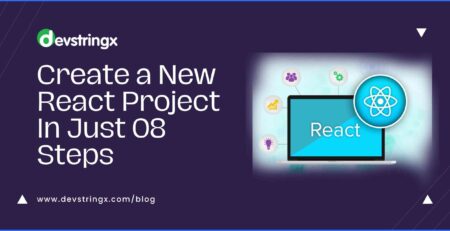What Is The Angular Development and The Various Features of Angular?
From social media to healthcare, e-commerce to online banking, billions of people around the world use web and mobile apps for almost everything. The app is convenient, useful in daily life, and has a seamless user experience and interface. How were these applications developed to provide this reliability? Part of the credit goes to popular frameworks like Angular Development Services that make it easy to build robust apps.
Hundreds of Indian IT companies are now using web standards technology for application development. Many projects are subcontracted in India by foreign small and medium enterprises. Indian IT companies use many frameworks for this. Among them, Angular is the most popular.
What is the Angular Development?
Angular is very similar to JavaScript frameworks in that it is open source. Angular is pretty much familiar to Google. This Angular framework develops by the Google development team. It is one of the most popular and modern frameworks. Angular is considered up-to-date thanks to great support from Google the AngularCLI and the AngularAppe team and brings lots of ideas. All the latest trends in the market today combine with this beautiful frame.
You can use this framework to develop Single Page Applications. Pure JavaScript uses to build this Angular framework. Angular supports multiple platforms including mobile, web, and desktop. Anyone who prefers to use Angular development company tools can also get build assignment design templates in a maintainable way. A well-designed Angular application makes it easy to use classes and methods. Convenience codes are designed to reduce the time it takes for the user to figure out what is going on.
Angular Architecture Overview
SPA is an architecture born out of the evolution of browsers and the emergence of HTML5 as a front-end development technology and is intended to replace RIAs (Rich Internet Applications) that can provide rich user interfaces such as AdobeFlash and Microsoft Silverlight. Comfortable operability of desktop applications can achieve with web technologies such as HTML, JavaScript, and CSS.
The basic building blocks for building Angular applications are called NgModules. Modules are containers that store an application’s components and services. These provide the compilation context for the component. Angular lets you represent each program as a hierarchical tree of modules. Other modules link from the root module in a process called import.
In Angular, modules declare as TypeScript classes. This class is usually empty and embellished with special functions. The @NgModule() function receives an object as the only parameter. Some properties of this object have the location of the configuration module.
A module is a container. The first thing I want to leave behind is the components. Components are the building blocks of Angular8 web pages. This includes the visual part of HTML (views) and the functional part of Typescript (controllers). Like any other Angular artifact, a component becomes a TypeScript class with specific functionality. The Angular framework includes many libraries, some of which are basic options.
Recommended to Read:- Angular 11 + Firebase Cloud Messaging Push Notifications
Features of Angular
1. Data Binding
Data binding is the process of allowing a user to manipulate elements on a web page through a web browser. It uses dynamic HTML and requires no complex scripting or programming. Data binding uses for web pages with interactive components such as calculators, tutorials, forums, and games. It is also suitable for browsing web pages if the page contains large amounts of data.
Angular uses two-way binding. A model’s state reflects changes to its user interface elements. Instead, the UI state reflects changes to the model state. This feature allows the framework to connect the DOM to model data through a controller.
2. Test
Angular uses the Jasmine testing framework. The Jasmine framework provides various functions to create different types of test cases. Karma is a test job runner that uses configuration files to configure a test runner, reporter, and test framework. Now that you know the basic features of Angular, you need to understand its architecture if you want to use Angular on a daily basis.
You can also take Angular certification training courses and deepen your knowledge of Angular by learning concepts such as TypeScript, Bootstrap grid system, dependency injection, SPA, forms, channels, promises, observables, and Angular class tests, etc. box.
3. Maintenance
For your application, you need certain features, values, and functionality. These rules are provided by the service. Any task performed to complete the design of an application call a service. Examples of services include data services, tax calculators, logging services, and application configuration.
4. Dependency Injection
Dependency injection plays an important role in getting a supply of new instances of a class based on fully formed dependencies on demand. Services are the most important dependencies. To provide new components and services on demand, Angular uses dependency injection. The Angular framework includes dependency injection so you can use it anywhere.
If you are interested in even more Angular development-related articles and information from us here at Devstringx, then we have a lot to choose from.

